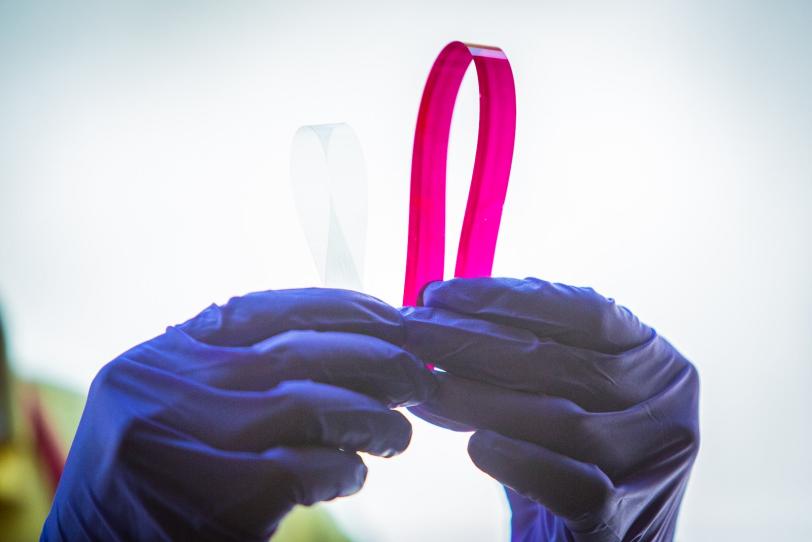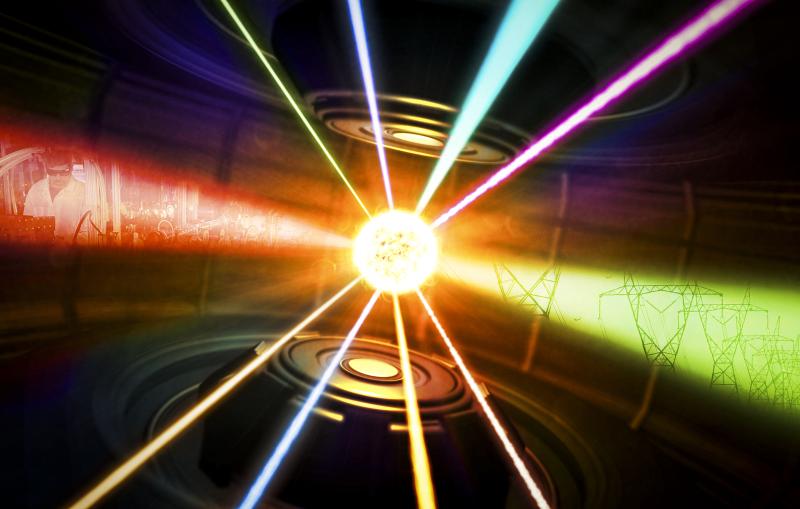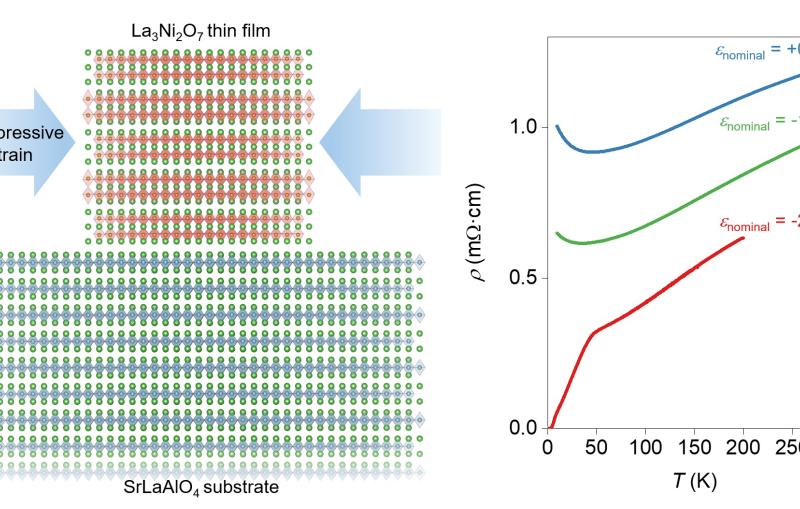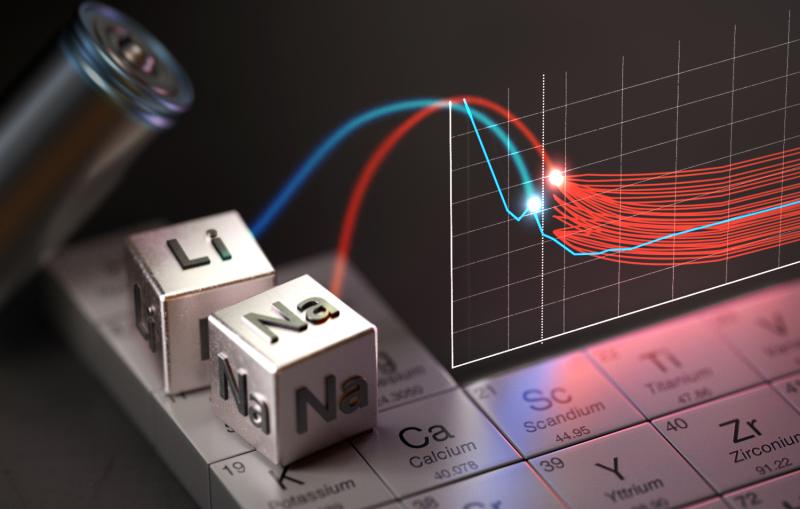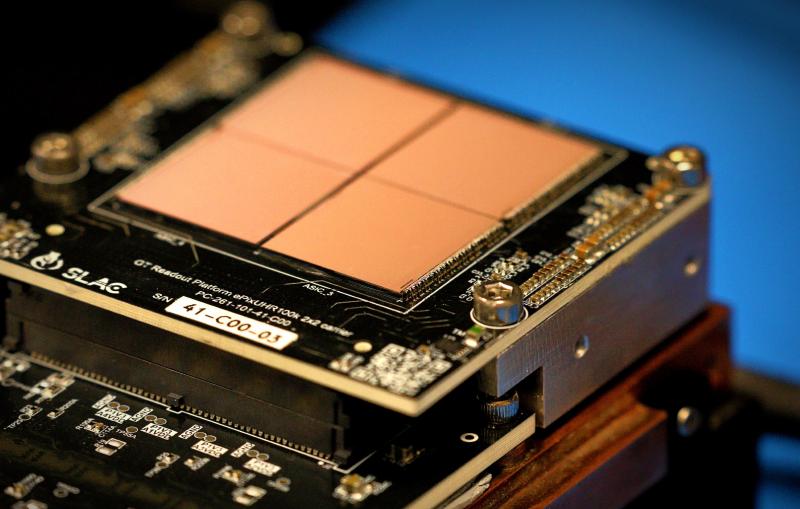SLAC Secures Role in Energy Frontier Research Center Focused on Next-generation Materials
SLAC will play a key role in a DOE-funded research consortium that seeks out new materials for next-generation solar panels, low-energy lighting and other uses.
The Department of Energy's SLAC National Accelerator Laboratory will play a key role in a research consortium that seeks out new materials for next-generation solar panels, low-energy lighting and other uses.
Collaborators in this effort will use SLAC's Stanford Synchrotron Radiation Lightsource (SSRL), a DOE Office of Science User Facility, to characterize these new materials as they are being discovered.
The collaboration will also aid in understanding their structure and performance as they operate. The work is made possible by a four-year, $14 million DOE award for an Energy Frontier Research Center (EFRC) distributed among several national labs and universities.
"We are pushing the idea of 'materials by design' to the next step," said Mike Toney, an SSRL senior staff scientist and head of the SSRL Materials Science Division. Toney will oversee SLAC's contributions to this "Center for Next Generation of Materials by Design: Incorporating Metastability," which is led by the National Renewable Energy Laboratory (NREL) in Colorado.
"It's a theory-centric center that aims to tell you what materials to make and how to make them," Toney added. SLAC's role will be purely experimental: investigating the novel materials with a slew of X-ray techniques. Watching materials as they're being made and while they're operating are already SSRL specialties, Toney said.
"SLAC is a key partner on our EFRC team, bringing unique characterization tools to probe and understand new materials, including the processes that control their formation," Bill Tumas, EFRC director and associate lab director for materials and chemistry at NREL, said.
The center is one of 32 EFRCs approved by the DOE in June, which follow an initial batch of DOE research centers approved five years ago. According to Toney, SLAC played an important role in one of the earlier centers, the Center for Inverse Design, which was also led by NREL and laid the groundwork for the new round of research.
In materials science it's common to work from known materials and modify them to achieve desired properties. The Center for Inverse Design sought to flip this approach on its head by using theory integrated with experiment to discover new materials with desired properties.
The new center stretches this idea to a realm where the sought-after material properties are complex and theory and computation are not fully developed. It will initially focus on creating new semiconductor materials that can be incorporated into solar energy conversion systems and solid-state lighting technologies that use less power than standard light bulbs.
It also aims to tackle "multiple-property design" – tailoring materials with several enhanced properties. And it will explore lesser-understood "metastable" materials, which can have desirable traits but are not in their most stable state – they can fall back to a lower, more stable energy level when disturbed, for example.
"These centers are bringing together different groups of people who normally would not converse,” Toney said, which makes for lively discussions and innovative approaches to scientific challenges.
Other participants in the new research center, which starts up this summer, are from Oregon State University, Colorado School of Mines, the Massachusetts Institute of Technology, Lawrence Berkeley National Laboratory and Harvard University.
Contact
For questions or comments, contact the SLAC Office of Communications at communications@slac.stanford.edu.
SLAC is a multi-program laboratory exploring frontier questions in photon science, astrophysics, particle physics and accelerator research. Located in Menlo Park, Calif., SLAC is operated by Stanford University for the U.S. Department of Energy's Office of Science.
SLAC National Accelerator Laboratory is supported by the Office of Science of the U.S. Department of Energy. The Office of Science is the single largest supporter of basic research in the physical sciences in the United States, and is working to address some of the most pressing challenges of our time. For more information, please visit science.energy.gov.
